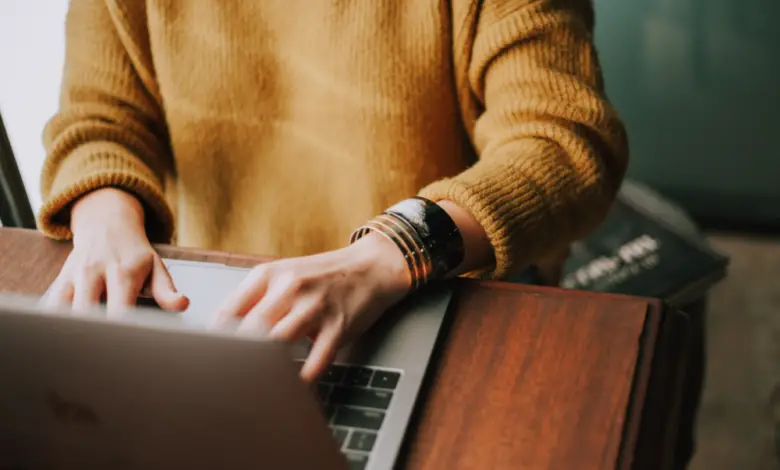
15 inclusive books by disabled women writers
It’s an exciting time for inclusive literature as more disabled authors are entering the literary world, especially disabled women writers.
Our writer Raya Al-Jadir has put together a must-read list of books – including memoirs, biographies, essays, fantasy fiction and even an accessible cookbook – all written by disabled female authors that we would highly recommend.
1. Sitting Pretty: The View from My Ordinary Resilient Disabled Body by Rebekah Taussig
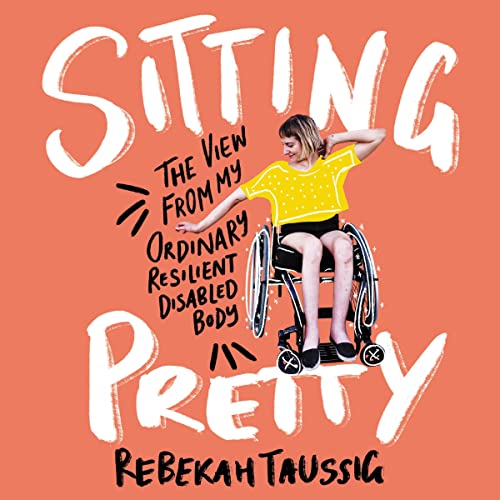
A memoir-in-essays from disability advocate Rebekah Taussig, processing a lifetime of memories to portray a body that looks and moves differently than most.
Growing up with paralysis in the 90s and early 2000s, Rebekah only saw disability depicted as something monstrous like The Hunchback of Notre Dame, inspirational like Helen Keller or angelic like Forrest Gump.
None of this felt right and as she got older, she longed for more stories that allowed disability to be complex and ordinary, uncomfortable and fine, painful and fulfilling.
Rebekah reflects on everything from the complications of kindness and charity, living both independently and dependently, experiencing intimacy and how the pervasiveness of ableism in our everyday media directly translates to everyday life.
2. Disfigured: On Fairy Tales, Disability, and Making Space by Amanda Leduc
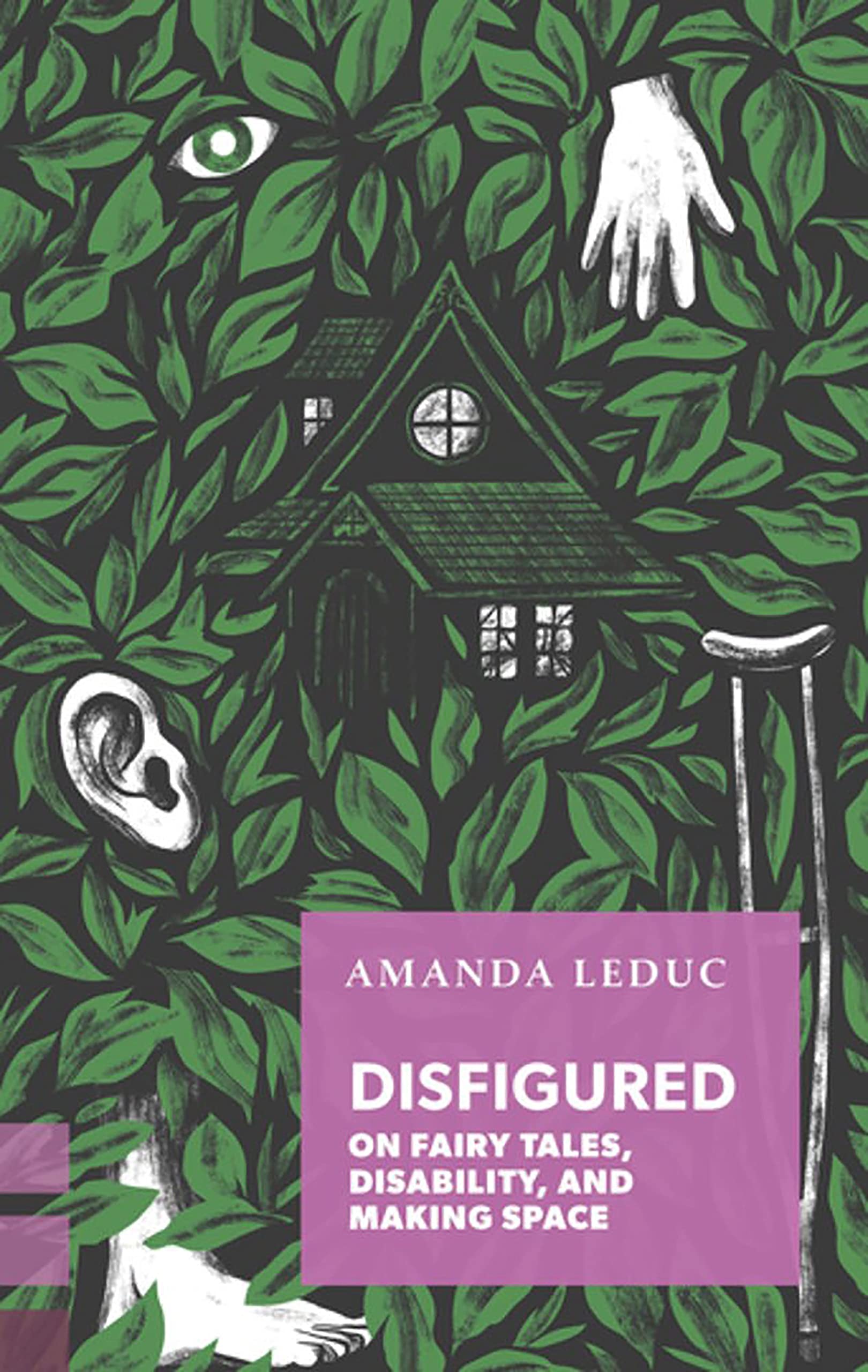
In fairy tales, happy endings are the norm – as long as you’re beautiful and walk on two legs. After all, the ogre never gets the princess. And since fairy tales are the foundational myths of our culture, how can a girl with a disability ever think she’ll have a happy ending?
By examining the ways that fairy tales have shaped our expectations of disability, this book will point the way toward a new world where disability is no longer a punishment or impediment.
Instead, it operates as a way of cantering a protagonist and helping them to cement their own place in a story, and from there, the world.
Throughout the book, Amanda Leduc ruminates on the connections we make between fairy tale archetypes – the beautiful princess, the glass slipper, the maiden with long hair lost in the tower – and tries to make sense of them through a 21st-century disablist lens.
From examinations of disability in tales – such as the Grimm brothers and Hans Christian Andersen to modern interpretations ranging from Disney to Angela Carter, and the fight for disabled representation in today’s media – Amanda connects the fight for disability justice to the growth of modern, magical stories.
She also argues for increased awareness and acceptance of disability and helping us to see and celebrate the magic inherent in different bodies.
3. Frida Kahlo and My Left Leg by Emily Rapp Black
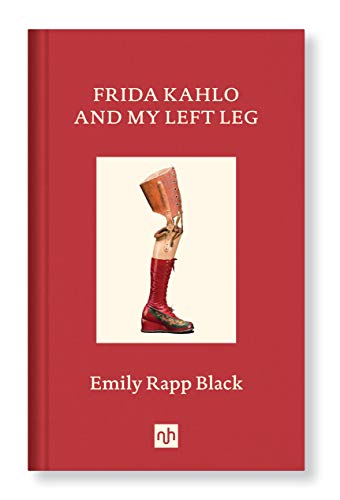
A New York Times-bestselling author’s personal examination of how the experiences, art and disabilities of Frida Kahlo shaped her life as an amputee.
At first sight of Frida Kahlo’s painting The Two Fridas, Emily Rapp Black felt a connection with the artist. An amputee from childhood, Emily grew up with a succession of prosthetic limbs and learnt that she had to hide her disability from the world.
Frida Kahlo sustained lifelong injuries after a horrific bus crash and her right leg was eventually amputated.
In Frida’s art, Emily recognised her own life, from the numerous operations to the compulsion to create and to silence pain.
Here Emily tells her story of losing her infant son to Tay-Sachs disease, a rare inherited condition that mainly affects babies and young children. It stops the nerves from working properly and is usually fatal.
She goes on to tell the story of giving birth to her daughter and learning to accept her body. She writes of how Frida Kahlo inspired her to find a way forward when all seemed lost.
4. I Am Not a Label: 34 disabled artists, thinkers, athletes and activists from past and present by Cerrie Burnell
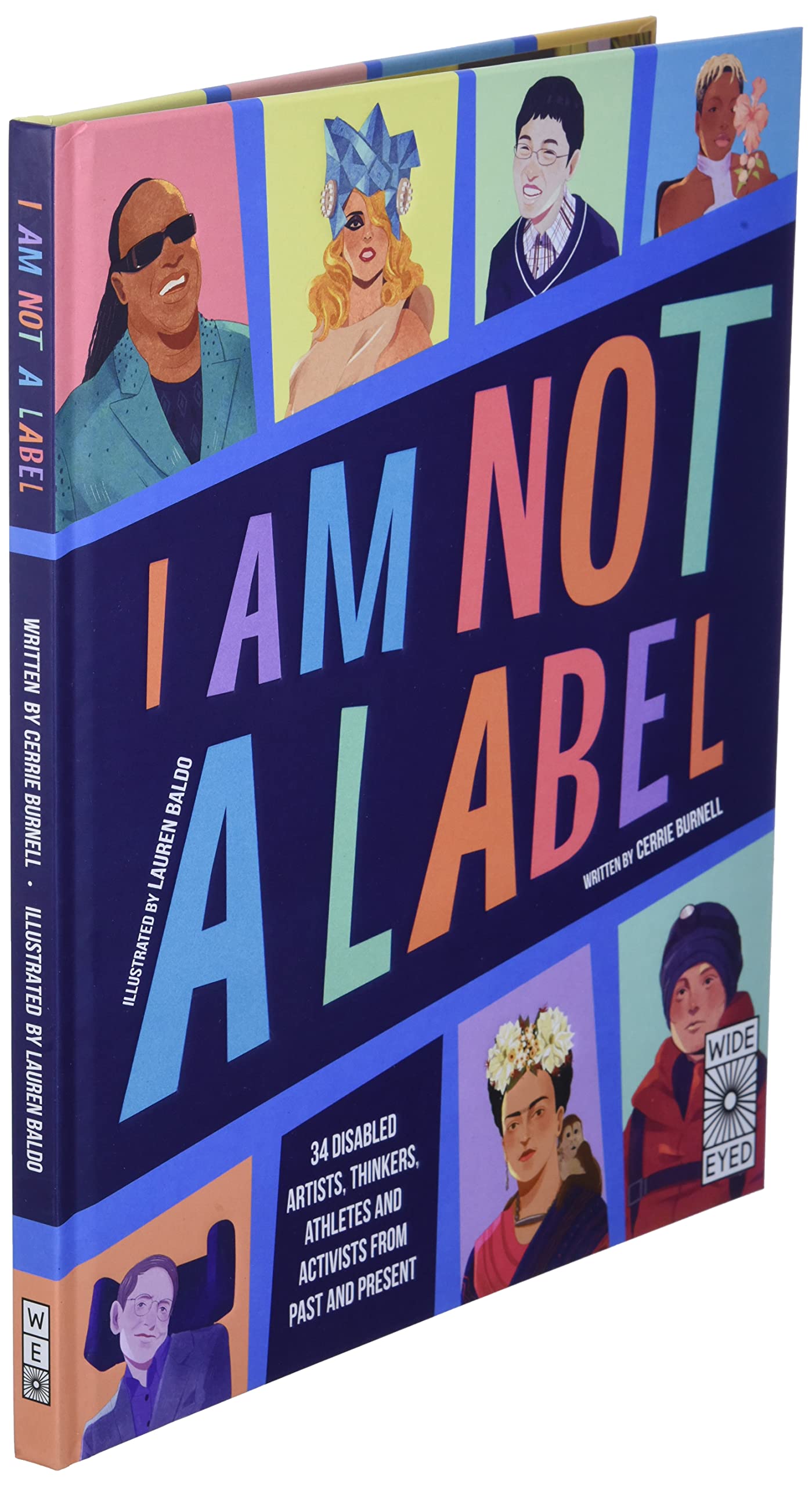
In this stylishly illustrated biography anthology, meet 34 artists, thinkers, athletes and activists with disabilities, from past and present.
From Lady Gaga to Stephen Hawking, find out how these iconic figures have overcome obstacles, owned their differences and paved the way for others by making their bodies and minds work for them.
These short biographies tell the stories of people who have faced unique challenges, which have not stopped them from becoming trailblazers, innovators, advocates and makers.
Each person is a leading figure in their field, be it sport, science, maths, art, breakdance or the world of pop.
The author, Cerrie Burnell, is a British actor, author and TV presenter. She has an upper limb difference, having been born with her right arm ending slightly below the elbow, and dyslexia.
Cerrie is best known for being a presenter of the BBC children’s channel CBeebies from 2009 to 2017.
Read an interview we did with Cerrie Burnell back in 2020.
5. You Are The Best Thing Since Sliced Bread by Samantha Renke
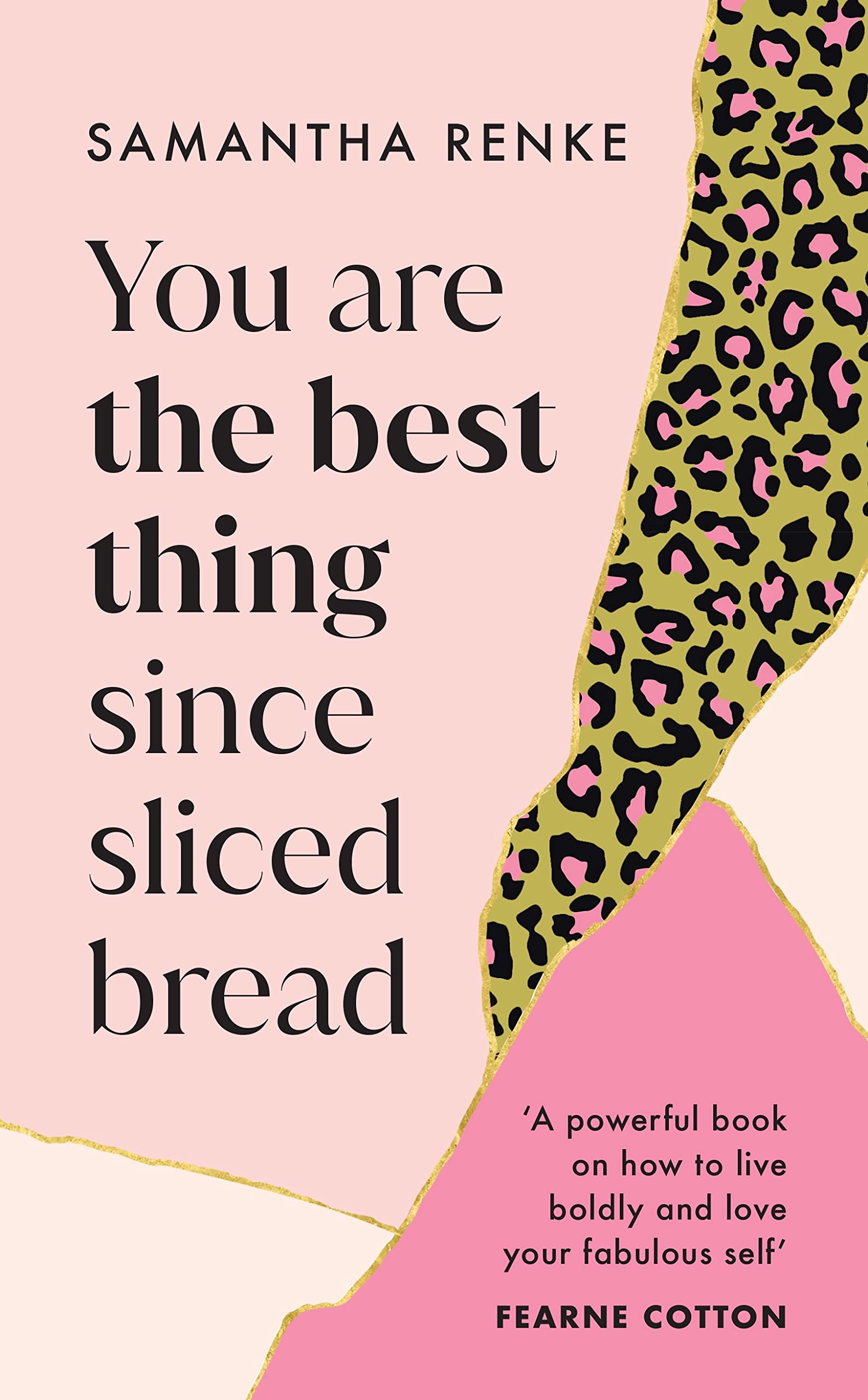
Actor, presenter and disability activist Samantha Renke – who is a wheelchair user and lives with brittle bone disease – has published her autobiography You Are The Best Thing Since Sliced Bread.
She shares the highs and lows of living with a disability and the lessons she has learnt and why one should embrace her uniqueness as what makes her fabulous.
“We spend a lot of time living by others’ expectations and it’s only when you stop, that you start saying yes to life. Irrespective of who you are and the obstacles you might face, you can do whatever you want. Be free and unapologetically you”.
Check out a full book review of Samantha Renke’s memoir, where you can also listen to an exclusive interview with the writer.
6. Driving Forwards: A journey of resilience and empowerment after life-changing injury by Sophie Morgan
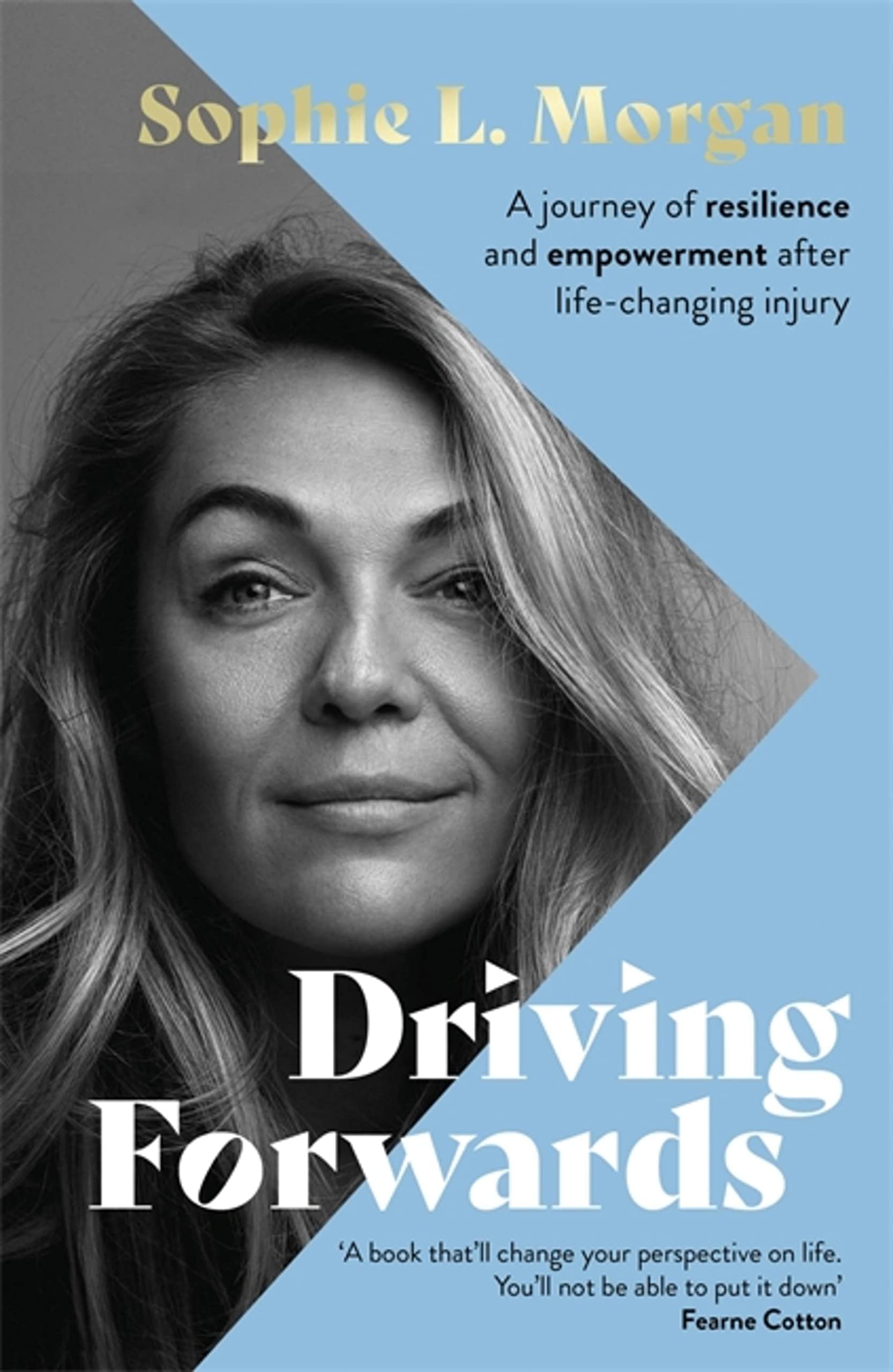
On the precipice of starting her adult life, aged 18, Sophie, a rebellious and incorrigible wild child, crashed her car and was instantly paralysed from the chest down.
Rushed to hospital, everything she had dreamed of her whole life was instantly forgotten and her journey to rediscover herself and build a different life began. But being told she would never walk again would come to be the least of her concerns.
Over the next 18 years, as she strived to come to terms with the change in her body, Sophie’s relationships were put to the test and she had to learn to cope with the many unexpected and unpredictable setbacks of living with paralysis.
She has also had to overcome her own and other people’s perceptions of disability and explore the limits of her abilities, all whilst searching for love, acceptance, meaning, identity and purpose.
An exclusive interview with Sophie Morgan about her book will be available to listen to soon.
7. Head Above Water by Shahd Alshammari
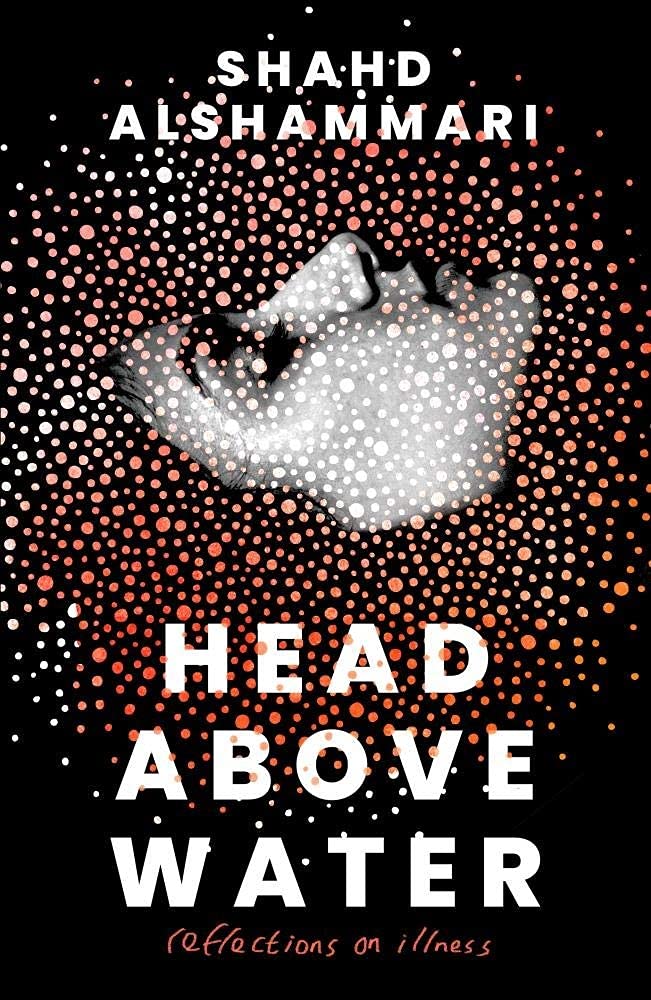
Shahd Alshammari is a Kuwaiti writer, academic scholar and assistant professor of the English language. She is well known for her research that focuses on human and women’s rights, disability issues and, recently, the illness narrative.
In her latest book, Head Above Water, she shares her highs and lows of living with multiple sclerosis and chronic pain.
She takes us into a space of intimate conversations on illness and society’s stigmatisation of disabled bodies.
We are invited in to ask the big questions about life, loss and the place of the other.
The narrative builds a bridge that reminds us of our common humanity and weaves the threads that tie us all together. Through conversations about women’s identities, bodies, and our journeys through life, we arrive at a politics of love, survival, and hope.
Read our book review of Head Above Water.
8. Year of the Tiger: An Activist’s Life by Alice Wong
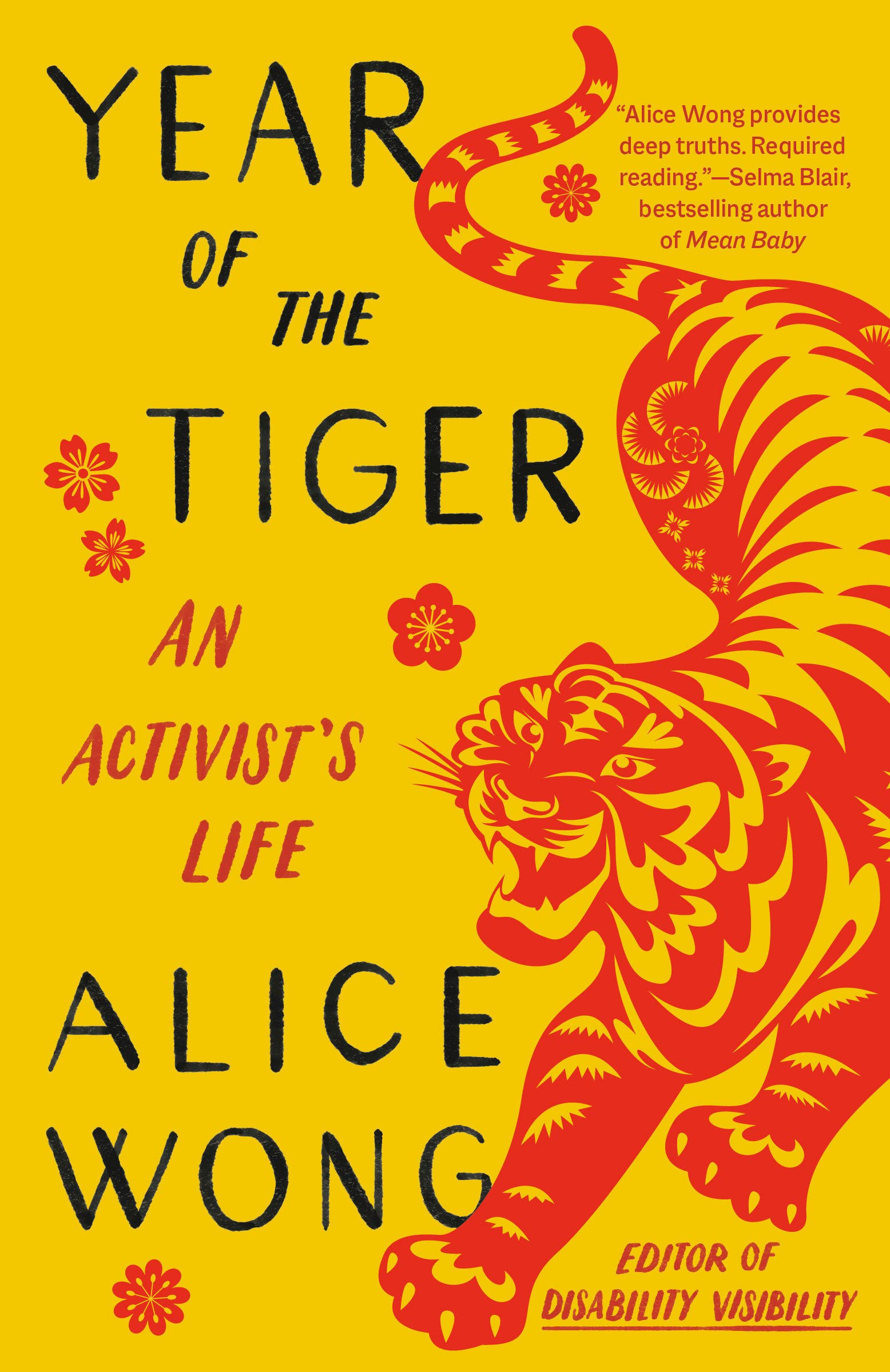
In Chinese culture, the tiger is deeply revered for its beauty and ferocity and symbolises power, bravery and protection. That same fighting spirit resides in Alice Wong, who lives with Spinal Muscular Atrophy (SMA).
In the book, Alice draws on a collection of original essays, previously published work, conversations, graphics, photos, commissioned art by disabled and Asian American artists and more.
She uses her unique voice and talent to share a raw and multifaceted impressionistic collage of her life as an Asian American disability rights activist, community builder and media maker.
From her love of good food and pop culture to her unwavering commitment to speaking out against the often complex and overlooked ways inequities and injustices play out in an ableist society, Alice tells her story and creates a space to hear from other disability activists through enriching conversations.
9. Living With My Mind: A young woman’s experience of life with cerebral palsy by Daisy Kettle
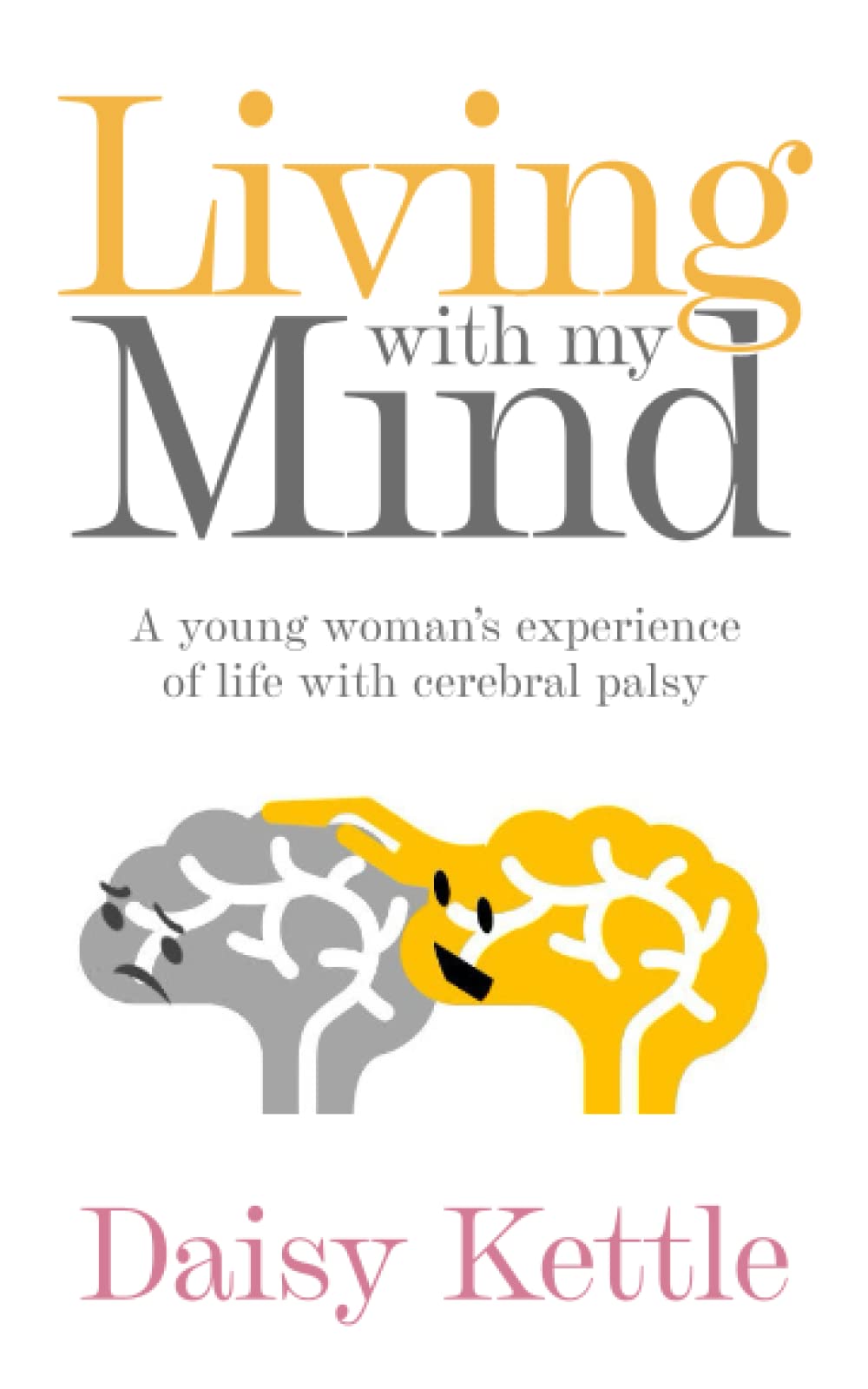
Daisy Kettle is a 24-year-old woman who ”has cerebral palsy and lots of fluffy jumpers and uses a wheelchair”.
She sees the world very differently from most people.
She doesn’t often cry, she sometimes struggles to appreciate other people’s emotions and she finds getting any kind of job almost impossible because of covert discrimination. And between the ages of 11 and 16, she was a victim of repeated sexual abuse.
10. The Autism Friendly Cookbook by Lydia Wilkins
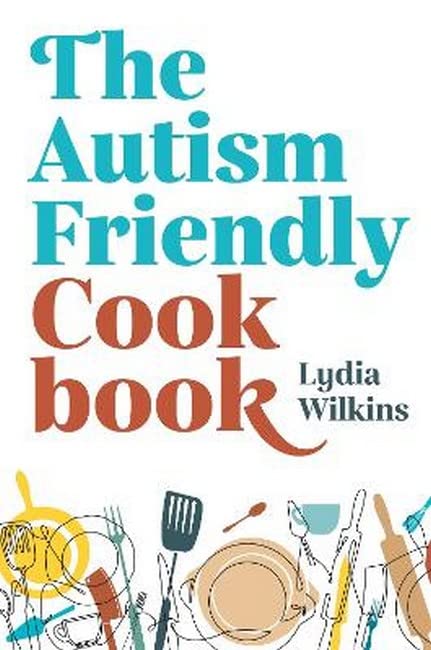
Compiling 100 recipes across four core chapters with accessibility information, this book also makes use of 30+ interviews with autistic people and two experts to construct a narrative – with no ‘junk science’ that suggests food causes Autism or that it should be used to ostensibly control behaviours.
The writer, Lydia Wilkins, is a freelance journalist, author and speaker who is on the autistic spectrum. Her work covers disability and social issues and has appeared in places such as The Independent, The Metro, The Daily Mail, Refinery 29, Business Insider, PosAbility Magazine and others.
Speaking on the lABLEd podcast back in April 2021 when she announced she was writing this cookbook, Lydia admitted she didn’t particularly like cooking but after having a PIP assessment and being told she had no communication difficulties, she went on to give the example of the challenges she can face when cooking.
Lydia said: “being developmentally delayed means that you will always have a skills attainment gap between you and what is considered ‘normal’. I cannot just learn. It takes me a hell of a long time to be able to have anything that’s even standard.
So telling me that I’m going to have to learn this, but not be supported while doing so was really quite striking.”
This inspired Lydia to create a cookbook for autistic people as a way of expressing her rage at the injustice of expecting them to cook with no adaptations or support.
Lydia added: “when it comes to recipe books as well, they’re really inaccessible. So the idea [came from] the spoons method where you measure energy.
I had my own sort of spin metric system for tracking my own energy levels. So the idea was, each recipe will have a metric for your energy levels, which can help with things such as planning and executive dysfunction.
Say you had friends coming around, but you’d had a meltdown earlier that day and you’re just so depleted and think, ‘I don’t want to do anything and I just want to hide’, you would still be able to make the food.”
The Autism Friendly Cookbook will be released on 21st November 2022.
11. The Seawomen by Chloe Timms

Esta has known nothing but Eden’s Isle her whole life. Raised by her grandmother, after a fire claimed her parents and scarred her face, she’s instructed to piety, to deference and acquiescence by a religious society that will not suffer anything else.
Cut off from the moral iniquity of the mainland, the island believes it can stay free of the Seawomen – creatures from the water that came upon the land to corrupt God’s creation and man.
The inhabitants fear the water and believe the only way to remain virtuous is to never enter it and for the women to conceive within 12 months of their appointed other year. If they do not conceive, they’re cast back into the ocean as a sacrifice in an act called the Untethering.
Esta witnesses such an act as a child. Her childhood growing up on the island is fraught with tension as she comes to the terms with the prohibitive malaise of the culture she finds herself in.
Before long, she gets a taste of freedom and the potential of seeing more of the world that is much larger than Eden’s Isle. But she is bound, like many women before her, when she is married off and her mother years are finally declared.
The Seawomen is a debut sci-fi, fantasy novel about the choices we make and challenging the myths and ties that bind us.
The author, Chloe Timms, was diagnosed with Spinal Muscular Atrophy when she was 18 months old and has used a wheelchair since she was a toddler.
She is passionate about equality and has taken part in several campaigns to fight for accessibility for disabled people.
12. Crippled: Austerity and the Demonisation of Disabled People by Frances Ryan
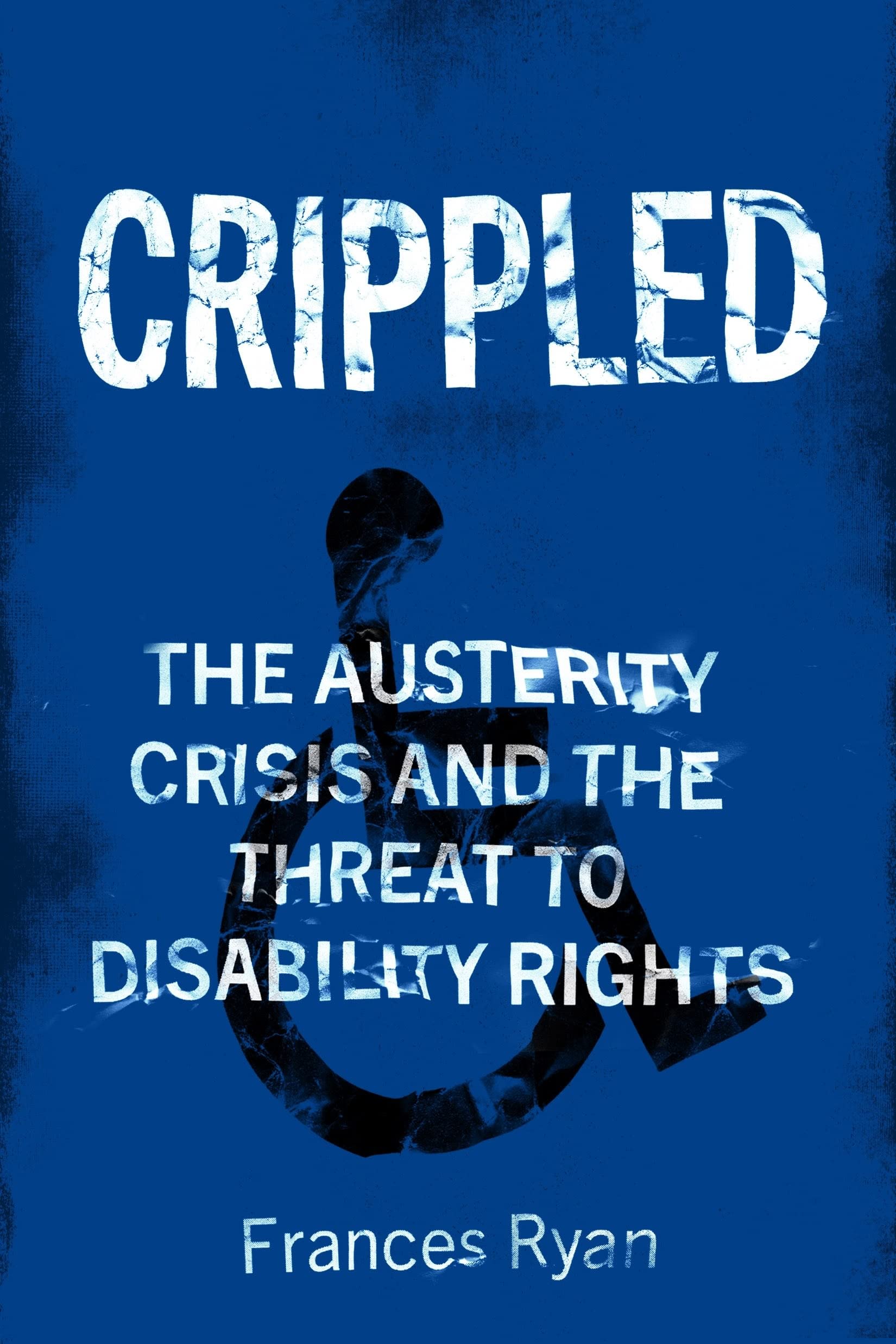
In austerity Britain, disabled people have been recast as worthless scroungers. From social care to the benefits system, politicians and the media alike have made the case that Britain’s 14 million disabled people are nothing but a drain on the public purse.
In Crippled, journalist and campaigner Frances Ryan, who has generalised muscle weakness and is a wheelchair user, exposes the disturbing reality, telling the stories of those most affected by this devastating regime.
13. Girl of the Ashes by Hayleigh Barclay
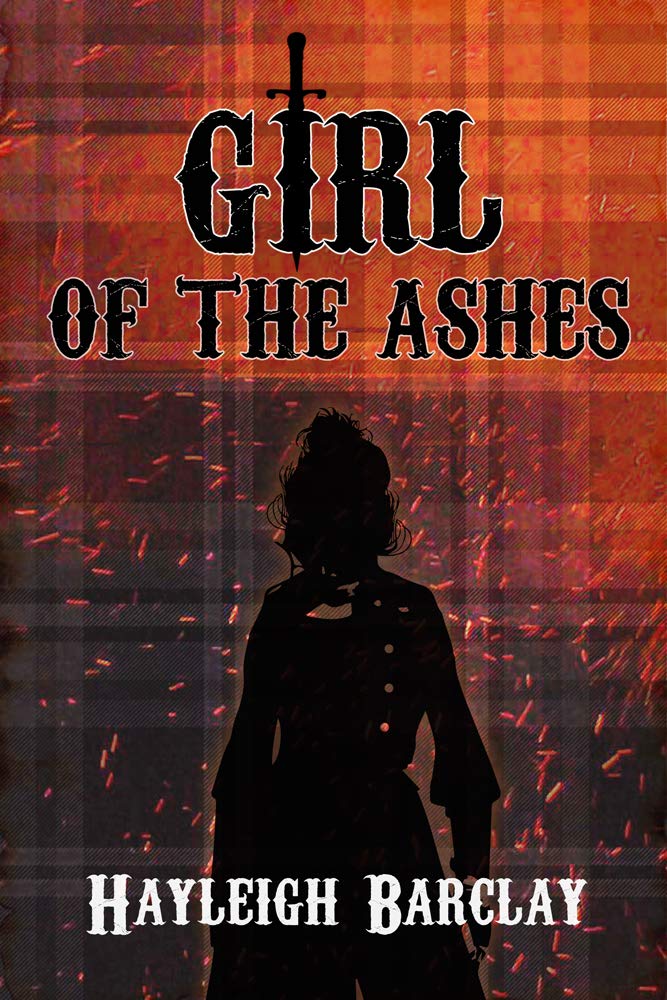
Scotland 1897. 350 years ago the Inservium overthrew the government of a remote town in northern Scotland and for over three centuries the Phoenix vampires have faced persecution.
18-year-old Elise de Velonte, who uses a wheelchair, is now caught in a war, which threatens to wipe out her entire bloodline.
Between hunting and killing the corrupt Councillors of the Inservium and fighting against an ancient curse, which is tearing apart the families of her coven, she blurs the lines of love and hate to become a warrior and survivor.
This vampire novel was written by Hayleigh Barclay, who has Spinal Muscular Atrophy (SMA) Type 2 and uses a wheelchair.
14. We are all a Beautiful Mess: Fine Art Nude/Memoirs by Jemme MD Art
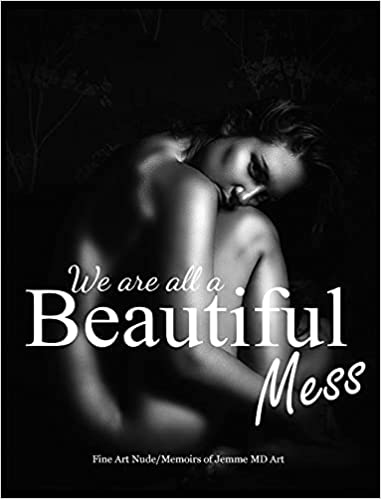
Documenting survival one image at a time following a diagnosis of muscular dystrophy, which left her reevaluating every aspect of her life, Gems, at the age of 28 found her mental and physical health inexplicably deteriorating.
The mother of two was left wondering how she was going to confront the radical changes this diagnosis would bring. A true, ongoing story of immense bravery, this artistic memoir details her journey to becoming a self-portrait artist on a mission to spread a message.
15. A Girl Behind Dark Glasses and A Girl In One Room by Jessica Taylor-Bearman
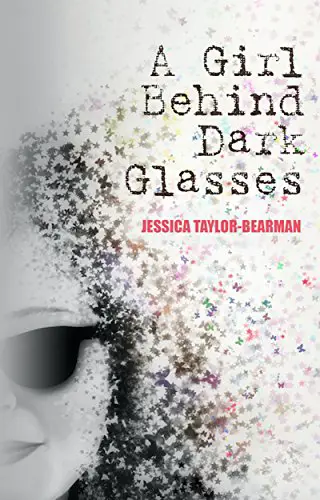
From a darkened world, bound by four walls, a young woman called Jessica tells the tale of her battle against the M.E Monster. The severest form of a neuroimmune disease called Myalgic Encephalomyelitis went to war with her at just 15 years old.
From beneath her dark glasses, Jessica glimpses a world far different from the one she remembers as a teenage schoolgirl.
This number one bestselling book – A Girl Behind Dark Glasses – is a true story that follows her path as she ends up living in a hospital for years with tubes keeping her alive.
This harrowing story follows the highs and lows of the disease and being hospitalised, captured through her voice-activated technology diary called `Bug’ that enables her to fulfil her dream of one day becoming an author.
In part two, A Girl In One Room, Jessica returns home after four years in hospital to a world changed beyond recognition. Her friends have grown up and gone to university, her baby sister is now 16. Everyone has moved on, but her battle with the M.E. Monster is far from over.
Jessica faces new challenges daily but she wants to experience life as a young adult and refuses to let her M.E keep her in hospital for years again. Jessica wants to show the world that she is more than what they see… and this time they will see her.
What other books written by disabled women writers can you suggest? Let us know in the comments box or on Facebook and Twitter @Dhorizons.
By Raya Al-Jadir
More on Disability Horizons…